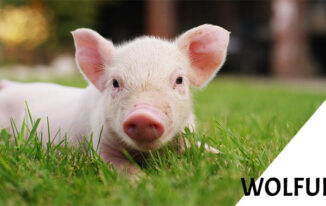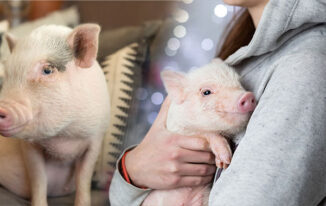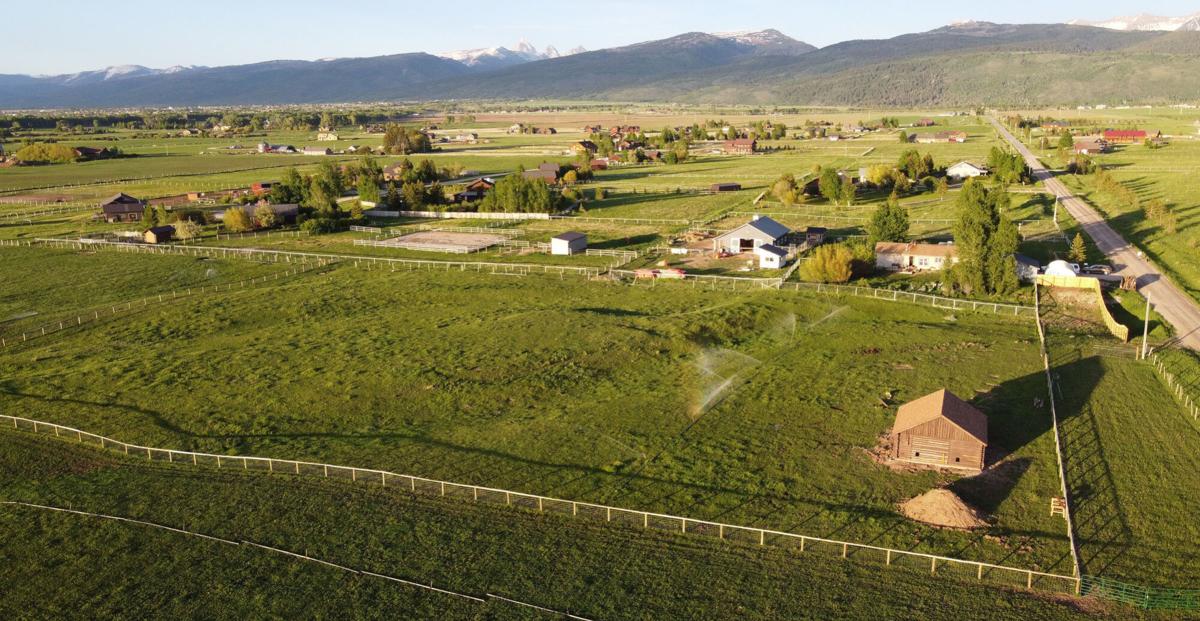Cast iron is iron or ferrous alloy which has been heated until it liquefies and is then poured into mould to solidify. It is usually made from pig iron. It can be thought of as an alloy of carbon and iron. There are two types of cast iron and they are determined by the carbon content as Grey cast iron and White cast iron. The qualities and uses of cast iron make it highly sustainable even in this 21st century.
QUALITIES AND USES
Castability, resistance to force, wear resistance, good fluidity and relatively low melting point makes it a preferred material, which is widely used in field of construction engineering for making pipes and in automotive industry for making cylinder heads and gear box cases. It is resistant to destruction and weakening by oxidation and hence used to make utensils for cooking food.
SUSTAINABILITY
It is the oldest material in engineering but we should say it is taking a rebirth of fortunes in the modern world with regards to environmental impact and sustainability.
It does not rust. It only oxidises that too, at a very slow pace. This process emits carbon based iron ashes which is good for the environment when compared to PVC which is being used now as it is easy to handle. The carbon gases that are given off, promote growth of plants and it is also supposed to increase planktonic life in oceans and thereby prevent global warming.
It is totally recyclable. It is not downcycled, in which case the material loses some of its superior properties.
Pig iron is the basic raw material. It can also be made from a mixture of steel from automotive and construction industry and scrap in the foundry also. The scrap is melted to get new iron. Hence, waste is made into wealth.
Properly maintained cast iron products will last the life of the building, though the capital cost might be higher. Even when a building is demolished after its full life, It can be recycled and used for the same purpose.
It is still the most preferred material in the construction industry for structural support, windows, soil drainage etc.
Cooking in cast iron utensils is sustainable because it is long lasting.
Cast iron utensils have natural non- stick qualities when compared to hazardous Teflon coated ones. It’s skillets only need to be coated with oil to make it non-sticky.
The dishes need to be washed only with hot water and a stiff brush. Therefore they prevent the use of soaps which might have high chemical content.
It spreads heat evenly and makes cooking easier.
When we take food prepared in cast iron skillets, we also consume small doses of iron which is good for our health.
To sum up, Iron is the fourth common element in the Earth’s crust which can be recycled fully every time without loss in properties and hence, sustainable.























